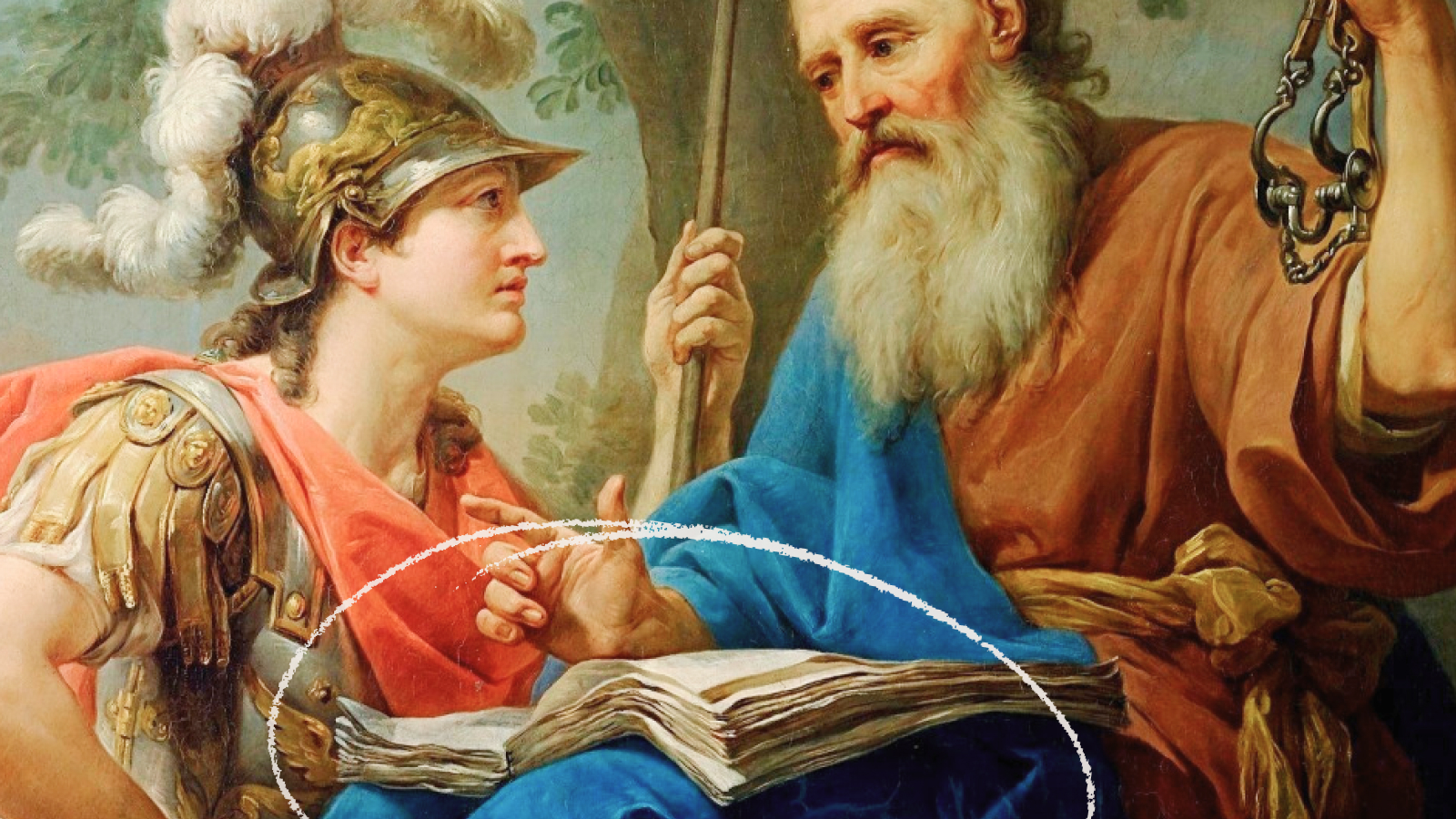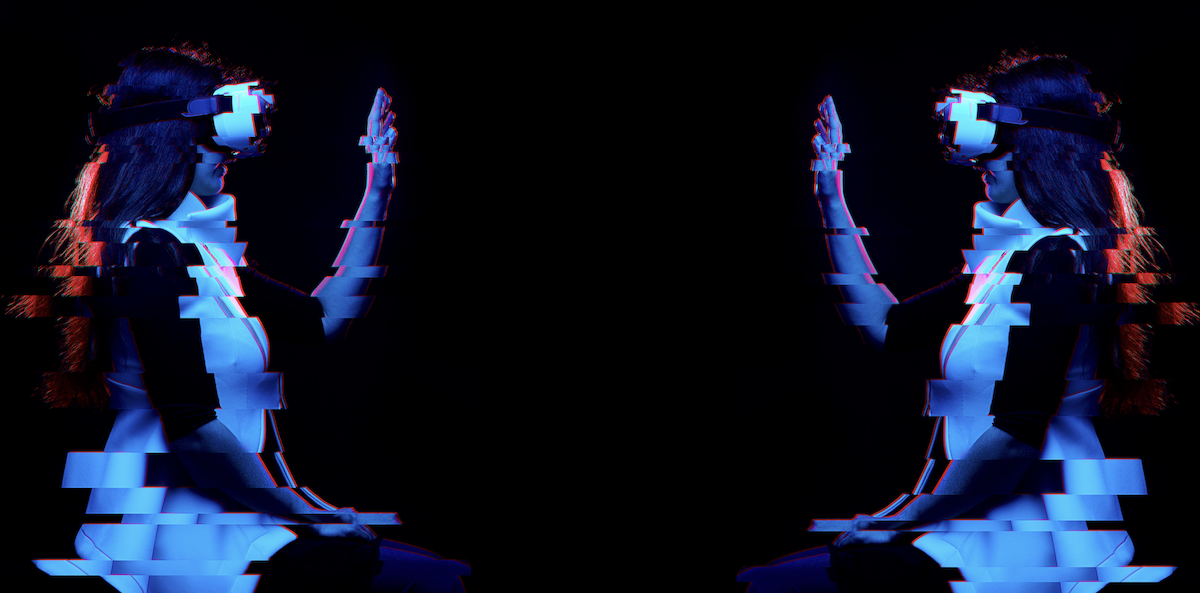Not so irrelevant 018
Sign up for Big Think on Substack
The most surprising and impactful new stories delivered to your inbox every week, for free.
- n
- Larry Ferlazzo has a fantastic post about the videos at TED Talks and a variety of supporting resources for teachers, presenters, etc. This is a must read!
- In South Africa (and elsewhere!), “if the principal sets the lead, technology can succeed in a school.”
- Universities mull the use of blogs instead of course management systems. I’ve been using blogs instead of Blackboard for my courses for a couple of years now. The CMS paradigm is about institutionalized hand-holding and centralized, walled-garden control. No thanks. (hat tip to @jtwetten)
- The University of Michigan Health Sciences Library has a fascinating slideshow on the different ways that the Obama campaign used social media to get its messages out and mobilize people to action.
- Siri, virtual assistant software for the iPhone and other smartphones, looks like an extremely useful product (particularly with the voice recognition feature).
n
n
n
n
n
n
See also previous posts in this category!
n
Sign up for Big Think on Substack
The most surprising and impactful new stories delivered to your inbox every week, for free.




